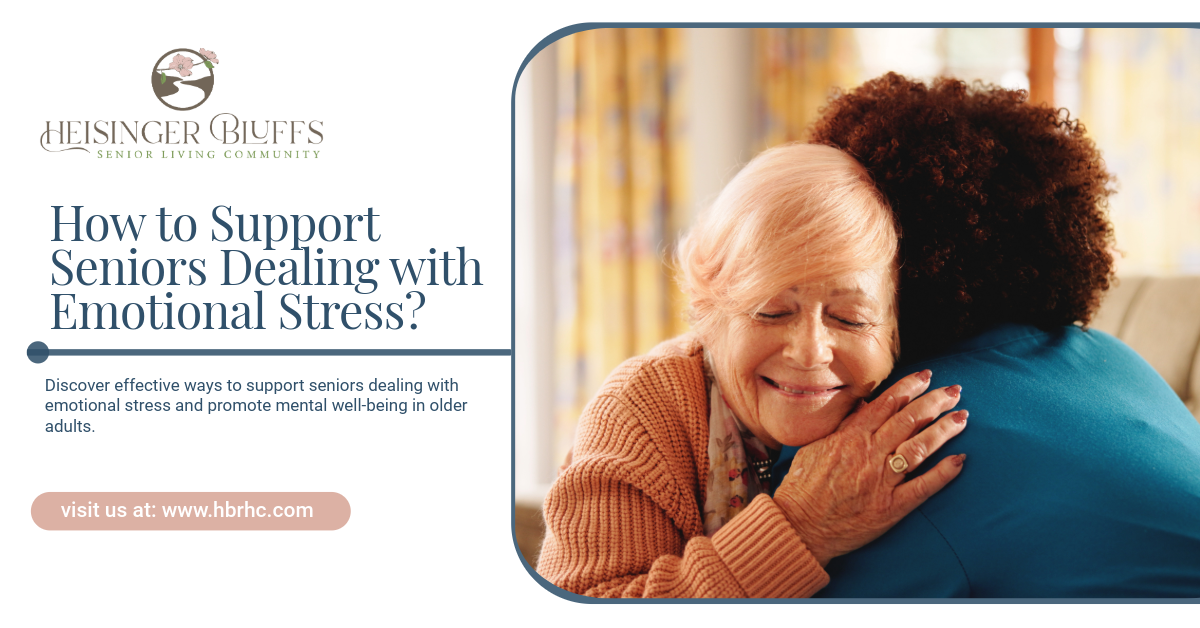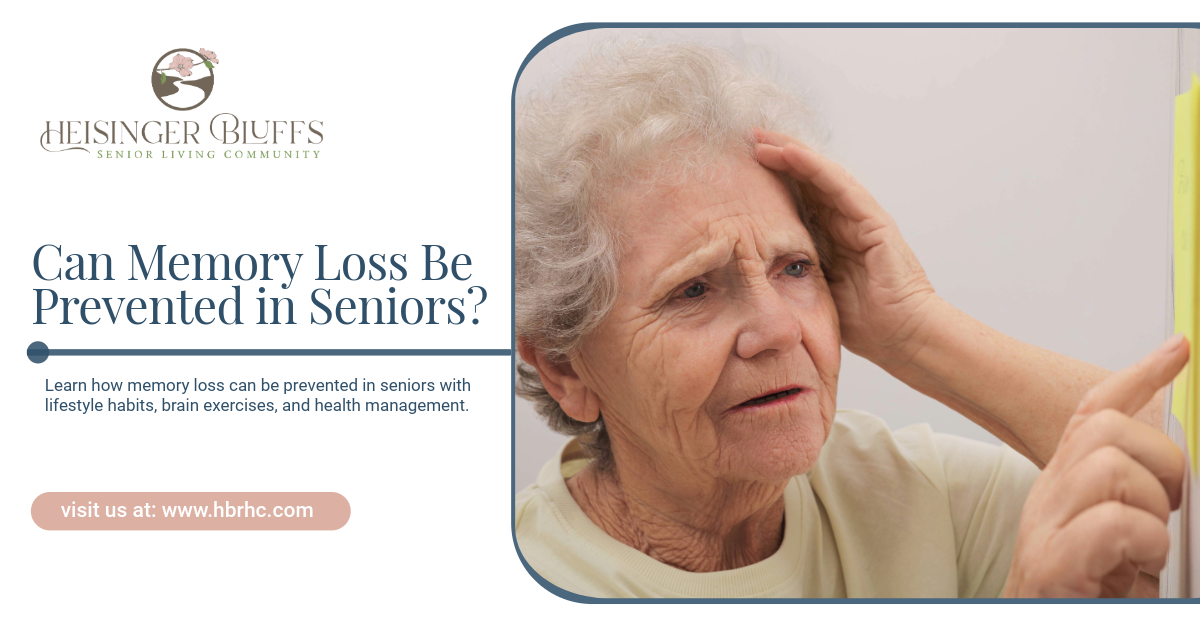Tips for Creating a Safe Environment for Seniors with Mobility Challenges

Mobility challenges are common among seniors, whether due to arthritis, stroke recovery, muscle weakness, vision changes, or balance issues. As mobility decreases, the risk of falls and injuries increases, making it crucial to design an environment that supports independence while reducing hazards.
Creating a safe space goes beyond simply removing clutter—it involves thoughtful planning, proper equipment, and continuous evaluation. In this guide, we’ll cover practical strategies, home modifications, and lifestyle tips to ensure seniors with mobility challenges can live comfortably and confidently.
Why Mobility Safety Matters for Seniors
For seniors, mobility is directly linked to independence and quality of life. Falls remain the leading cause of injury-related hospitalizations among older adults, with the CDC reporting that 1 in 4 seniors experiences a fall each year. Many of these incidents are preventable with the right safety measures.
Key benefits of a mobility-safe environment:
- Reduces fall risk and potential injuries.
- Encourages independence, allowing seniors to move around with confidence.
- Supports mental well-being by minimizing fear of falling.
- Promotes better health outcomes and longer independent living.
Step 1: Assess the Living Space
Before making changes, conduct a thorough safety assessment of the living area. This can be done with the help of a healthcare provider, occupational therapist, or a trusted family member.
What to look for:
- Narrow walkways or blocked pathways.
- Uneven flooring or loose rugs.
- Poor lighting in hallways, bathrooms, and entrances.
- Furniture arrangements that limit movement.
- Stairs without railings or with steep inclines.
A clear understanding of hazards will guide your modifications effectively.
Step 2: Improve Lighting Throughout the Home
Poor lighting is a leading contributor to falls. Seniors with mobility challenges may also have reduced vision, making bright, even lighting critical.
Lighting tips:
- Install motion-sensor lights in hallways, staircases, and bathrooms.
- Use soft, glare-free LED bulbs for better visibility.
- Place lamps within easy reach near the bed and seating areas.
- Add night lights in bedrooms, bathrooms, and hallways for safer nighttime movement.
Step 3: Modify Flooring for Safety
The wrong flooring can cause trips, slips, or fatigue.
Best flooring options for seniors:
| Flooring Type | Benefits | Considerations |
|---|---|---|
| Low-pile carpet | Soft, reduces injury risk from falls | Can be harder for wheelchairs to roll on |
| Vinyl | Slip-resistant, cushioned, easy to clean | Can show wear over time |
| Cork | Naturally shock-absorbent, warm underfoot | Needs sealing for water resistance |
Avoid: Thick rugs, slippery tiles, or glossy surfaces.
Step 4: Rearrange Furniture for Clear Pathways
Mobility aids like walkers or wheelchairs require extra space. Keep at least 36 inches of clearance for main walkways.
Furniture arrangement tips:
- Remove unnecessary tables, chairs, or décor.
- Anchor furniture to prevent tipping.
- Use rounded-edge tables instead of sharp corners.
- Keep essential items within easy reach to minimize bending or stretching.
Step 5: Install Safety Features in the Bathroom
Bathrooms are high-risk areas for falls due to wet floors and tight spaces.
Safety upgrades:
- Grab bars near toilets and in showers/tubs.
- Non-slip mats inside and outside the shower.
- Shower chairs for those who can’t stand for long periods.
- Handheld showerheads for easier bathing.
- Raised toilet seats to reduce strain on knees and hips.
Step 6: Enhance Stair Safety
If stairs are unavoidable, make them as safe as possible.
- Install sturdy handrails on both sides.
- Use non-slip stair treads.
- Ensure stairs are well-lit, with switches at both the top and bottom.
- Consider stair lifts for those with severe mobility challenges.
Step 7: Use Assistive Devices and Technology
Modern assistive technology can greatly enhance safety.
Examples include:
- Walkers, canes, and rollators.
- Wheelchairs or mobility scooters.
- Voice-activated home assistants for lights and appliances.
- Fall detection devices and wearable medical alert systems.
- Smart door locks and video doorbells for added security.
Step 8: Encourage Safe Daily Habits
Even with modifications, daily safety habits are crucial.
Healthy safety routines:
- Wear supportive, non-slip shoes indoors.
- Avoid carrying heavy or bulky items while walking.
- Keep commonly used items at waist height.
- Take regular breaks to avoid fatigue when moving around.
- Stay physically active with gentle exercises to improve strength and balance.
Step 9: Consider Professional Care or Senior Living Options
While aging in place is possible for many seniors with mobility challenges, some may benefit from professional senior living facilities that are already equipped with safety features.
Communities designed for seniors often include:
- Barrier-free apartments.
- Emergency call systems.
- On-site physical therapy.
- Staff trained in mobility assistance.
Final Thoughts
Creating a safe environment for seniors with mobility challenges is an ongoing process that requires attention, adaptation, and empathy. By assessing risks, modifying the home, and encouraging safe habits, seniors can enjoy a more independent and fulfilling life while minimizing fall risks.
At Heisinger Bluffs, we understand the unique needs of seniors facing mobility challenges. Our community is thoughtfully designed with safety, comfort, and accessibility in mind, so residents can live confidently and independently while having access to professional support when needed. Contact us today!
Frequently Asked Questions
What is the most common cause of falls among seniors?
Most falls are caused by a combination of mobility issues, poor lighting, slippery surfaces, and clutter in walking areas.
How can I make stairs safer for an elderly family member?
Add secure handrails on both sides, ensure adequate lighting, use non-slip treads, and consider a stair lift for those with severe mobility issues.
Are grab bars only useful in bathrooms?
No, grab bars can also be helpful near beds, hallways, and any place where extra stability is needed.
What kind of shoes are safest for seniors indoors?
Non-slip, closed-toe shoes with good support are best. Avoid slippers without grip or shoes with smooth soles.
When should I consider moving a senior into a safer living environment?
If frequent falls occur, mobility issues worsen, or the home cannot be modified to meet safety needs, it may be time to explore professional senior living options.
Sources:
- https://www.nia.nih.gov/news/maintaining-mobility-and-preventing-disability-are-key-living-independently-we-age
- https://www.cdc.gov/falls/data-research/index.html
- https://pmc.ncbi.nlm.nih.gov/articles/PMC12227831/
- https://athome.medline.com/en/categories/mobility/mobility-aids/
- https://www.agespace.org/tech/assistive-technology











